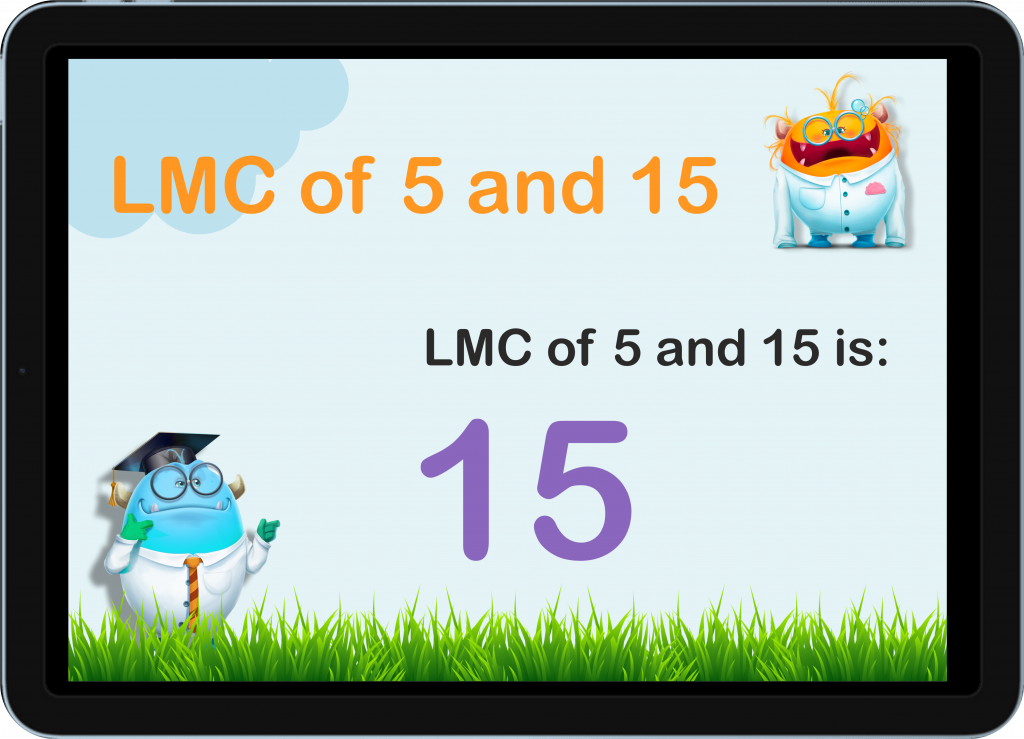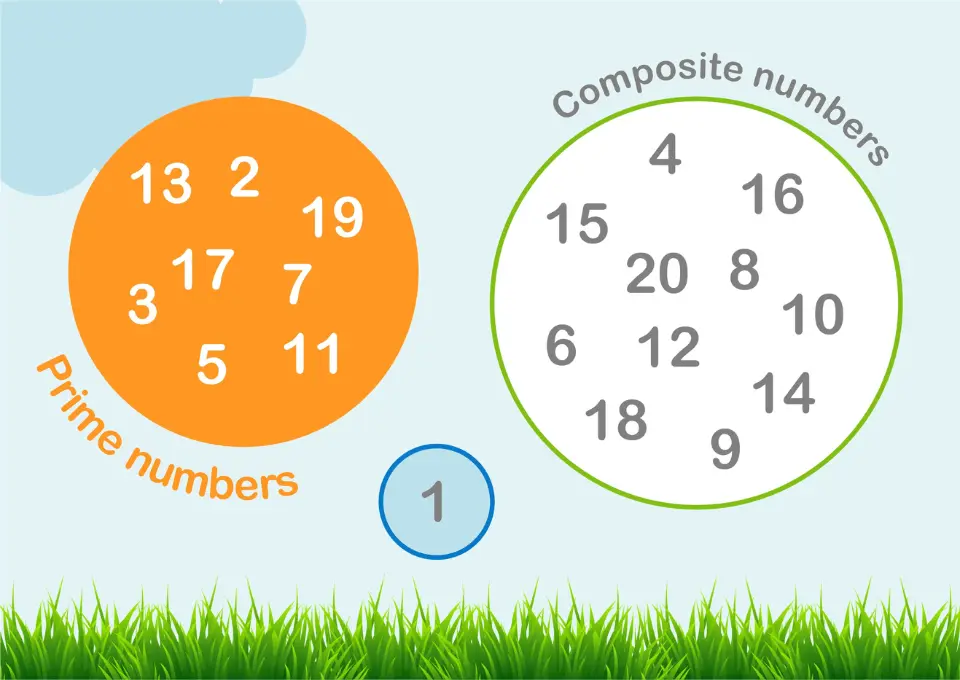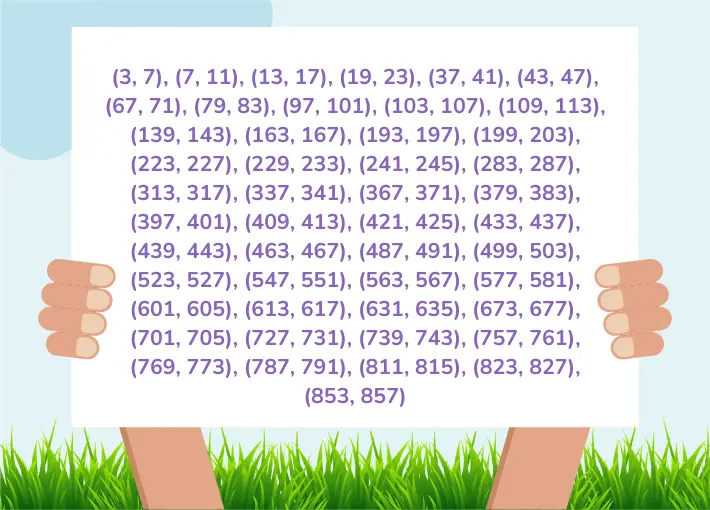Is 2 A Prime Number?
Prime vs. Composite Numbers
Greetings, young math enthusiasts! Today, let’s set sail on a mathematical voyage to determine if 2 is a prime number, and learn more about the difference between prime and composite numbers.

What are Cousin Prime Numbers?
Cousin prime numbers are like the fun cousins in a big family of numbers, always showing up together with a difference of four! Just like how cousins make family gatherings exciting, these prime pairs add a joyful twist to the world of mathematics.


No credit card required

No credit card required
What is a Cousin Prime?
What are Prime and Composite Numbers?
How Many Cousin Prime Numbers Exist?
What is the Smallest Cousin Prime?
The List of First 50 Cousin Primes
What Other Kinds of Prime Numbers Are There?
What is a Cousin Prime?
Cousin prime numbers are pairs of prime numbers that differ by four. For example, if you have a prime number like 3, adding four gives you 7, which is also a prime number. Therefore, 3 and 7 are considered cousin primes. These pairs of primes are special because they show another interesting way prime numbers can be spaced out.
What are Prime and Composite Numbers?

Before we explore cousin primes, let’s first understand prime and composite numbers.
Prime Numbers: A prime number is a number larger than 1 that can only be divided by 1 and itself. This means it has no other factors. Some examples of prime numbers are 2, 3, 5, 7, 11, 13, 17, 19, 23, and 29. For example, 23 is a prime number because it can’t be divided evenly by any other number except 1 and 23.
Composite Numbers: Composite numbers are numbers greater than 1 that can be divided by more numbers than just 1 and themselves. They have multiple factors. Examples of composite numbers include 4, 6, 8, 9, 10, 12, 14, 15, 16, 18, 20, and 21. For instance, 21 is a composite number because it can be divided by 1, 3, 7, and 21.
How Many Cousin Prime Numbers Exist?
In the world of mathematics, there are infinitely many cousin prime numbers. This means that no matter how high you count, you will keep finding more pairs of prime numbers that differ by four. Mathematicians have discovered many cousin primes, but they are confident there are countless more waiting to be found.
What is the Smallest Cousin Prime?
The smallest cousin prime pair is (3, 7). Both 3 and 7 are prime numbers, and the difference between them is 4, which makes them a cousin prime pair. The next smallest cousin prime pair is (7, 11), followed by (13, 17). These pairs are easy to find and show how prime numbers can have special relationships.
The List of First 50 Cousin Primes

Here are the first 50 cousin primes along with their pairs:
(3, 7), (7, 11), (13, 17), (19, 23), (37, 41), (43, 47), (67, 71), (79, 83), (97, 101), (103, 107), (109, 113), (139, 143), (163, 167), (193, 197), (199, 203), (223, 227), (229, 233), (241, 245), (283, 287), (313, 317), (337, 341), (367, 371), (379, 383), (397, 401), (409, 413), (421, 425), (433, 437), (439, 443), (463, 467), (487, 491), (499, 503), (523, 527), (547, 551), (563, 567), (577, 581), (601, 605), (613, 617), (631, 635), (673, 677), (701, 705), (727, 731), (739, 743), (757, 761), (769, 773), (787, 791), (811, 815), (823, 827), (853, 857)
This list illustrates the cousin prime distribution among the first 860 numbers.
What Other Kinds of Prime Numbers Are There?
In addition to sexy primes, there are many other interesting types of prime numbers. Here are a few:
Sexy Primes: Sexy primes are pairs of prime numbers that differ by six. Examples include (5, 11), (7, 13), and (11, 17). The term “sexy” comes from the Latin word for six, making these primes easy to remember.
Twin Primes: Twin primes are pairs of prime numbers that differ by two. Examples include (3, 5), (11, 13), and (17, 19). Twin primes are very similar to sexy primes but with a smaller difference.
Mersenne Primes: Mersenne primes are prime numbers that are one less than a power of two. For example, 3 and 31 are Mersenne primes. These primes are named after the French mathematician Marin Mersenne.
Fermat Primes: Fermat primes are prime numbers of a special form involving powers of two. For example, 3 and 5 are Fermat primes. They are named after the French mathematician Pierre de Fermat.
Lucky Primes: Lucky primes are lucky numbers that are also prime. For example, 7 and 13 are lucky primes. Lucky numbers are a special sequence of integers generated by a particular sieving process similar to the Sieve of Eratosthenes.
Emirp Primes: Emirp primes are prime numbers that become a different prime number when their digits are reversed. For example, 13 and 31 are emirps.
Gaussian Primes: Gaussian primes are a type of prime number in the complex number system. An example is 3, which is prime in both the regular and complex number systems.
Happy Primes: Happy primes are prime numbers that are also happy numbers. A happy number is defined by a process where you repeatedly sum the squares of its digits until you reach 1. For example, 7 is a happy prime because it eventually reaches 1 through this process.
Conclusion
Cousin prime numbers are an exciting and unique part of mathematics. They are pairs of prime numbers that differ by four, making them special and easy to identify. Understanding prime and composite numbers helps us see why cousin primes are so interesting.
With an infinite number of cousin primes, mathematicians have endless pairs to discover and study. Alongside other fascinating types of prime numbers like sexy primes, twin primes, Mersenne primes, and Fermat primes, cousin primes add to the rich and diverse world of number theory.
By learning about these different kinds of prime numbers, we can appreciate the beauty and complexity of mathematics.
Learn More About Prime Numbers
© 2024 Smartick. All Rights Reserved.
